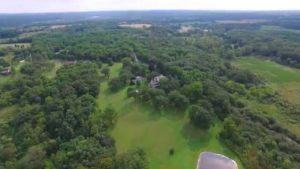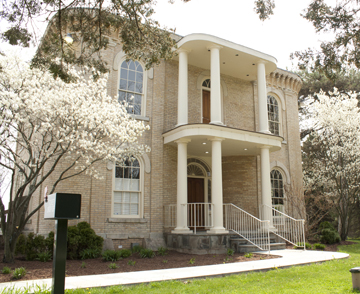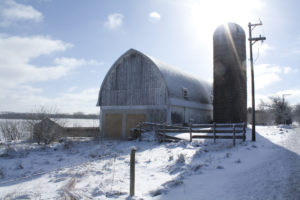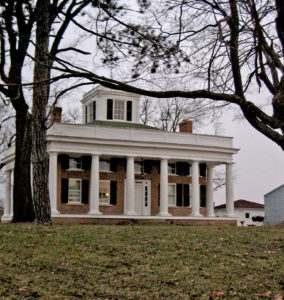Village History
In 1942, a group of neighbors organized the Countryside Improvement Association. It gradually became involved in questions of land use. In 1955, in an unprecedented action, owners of about 3,000 acres (half of the Bull Valley area at the time) voluntarily put their land into 3-acre zoning, the highest residential classification then offered by the County. This single decision established the future character of the community.
In 1960, money was raised from residents by subscription, to pay for a land use study and professional planning advice. They created the Eastern McHenry County Plan Association (EMCPA), addressing the common problems of four townships. That Association’s recommendation in a report of July 25, 1961 was that a large part of the Bull Valley area be zoned for a residential/estate use of a minimum of 5-acre tracts, based on the following premise
Unlike the traditional concept of a community where the most intense use is at the center of the area and becomes more open as the distance from the center increases, the EMCPA area has at its center, a very attractive rolling, wooded area currently developed in low density, open estate type residential and farm development (and) included in this center portion are two very broad, scenic valleys which should be retained for non-intensive development”
When the County established a Planning Commission in 1963, the EMCPA dissolved and turned its studies over to the County Planning Commission.
As the County began to consider land use policy, Bull Valley neighbors continued to oppose development that threatened farms, forested hills, and wetlands. Through their association, they bore the costs of legal representation at endless zoning hearings, until it became obvious that private efforts could not win the fight to save the land.
In 1977, the Countryside Improvement Association was reorganized as the Bull Valley Association, which initiated and campaigned for a referendum on incorporation. By state law, a new municipality could have no fewer than 200 voters in an area of two square miles hence the peculiar shape and boundaries of the Village, which had to reach out for scattered households. The referendum passed at an election held on July 23rd of that year, giving residents for the first time, the authority to implement their long-standing purposes. The Village of Bull Valley was empowered to formulate its own land use philosophy, plan its own growth, and pass laws to regulate development.



